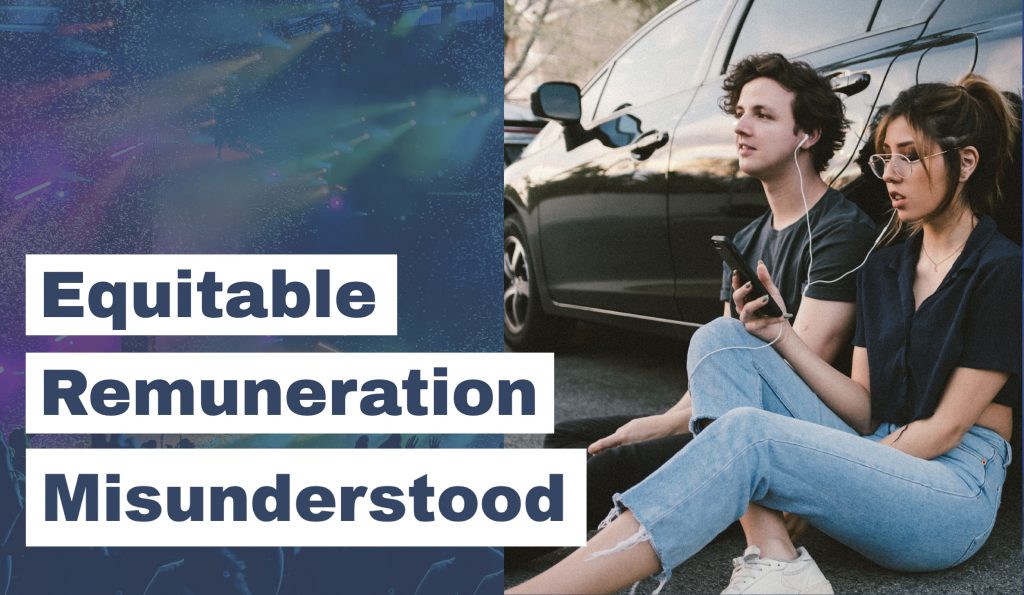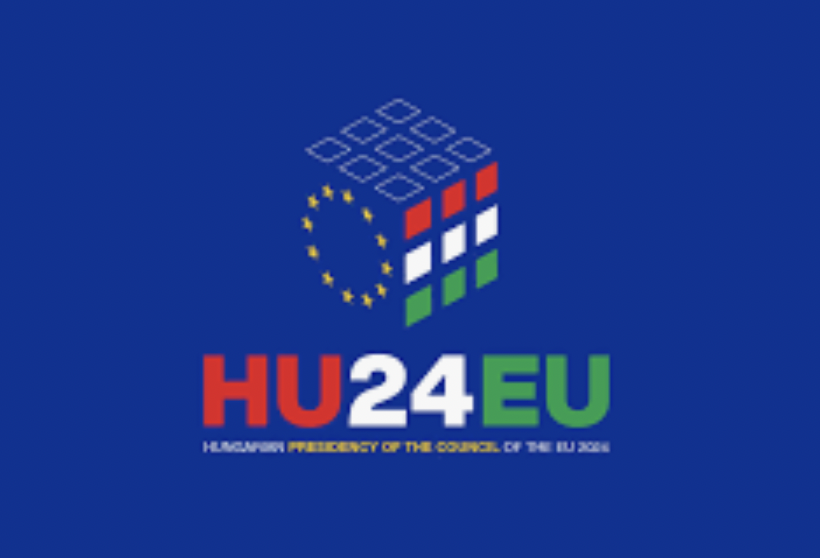The report simulated three different models. The first two models introduce ER not for performers only, but also for producers. When it refers to “the relative merits of applying Equitable Remuneration as a replacement for such exclusive right” the report reveals a failure to understand the fundamental legal basis for ER. No serious proposal has ever been made to replace the exclusive right, since it would damage the entire infrastructure upon which streaming is based. For this reason alone, the report should be completely ignored.

It doesn’t help the credibility of the report either when the introduction reads that “any move away from the exclusive right, clearly presents a serious risk to producers who enjoy the benefits of direct licensing.” Such a statement is wrong. The reality is that despite the fact that producers’ exclusive rights are protected in almost all countries in the world, only three companies enjoy the actual benefit of direct licensing to a platform like Spotify. Indeed, only Universal Music, Sony and Warner enjoy such direct relationship with the big music streaming platforms. Other labels have to use the services of a so-called aggregator or join forces in a collective management organisation like Merlin, set up by several independent record labels to collectively negotiate tariffs they were unable to negotiate individually.
In simulating the first two models, the report commits a blunder in copy-pasting the radio tariff and proceeding on the basis that it would be applied to streaming. These rates are – like Will Page highlights – much lower than fully interactive tariffs. But, why on earth would a CMO ever apply a radio tariff to a streaming service? CMOs apply different tariffs to different economic players and thereby take into account the specific value music creates for their business. It is therefore useless to simulate models based on the assumption that streaming platforms could regularise their activity by paying a radio tariff. It is complete fiction if based on that assumption, you start producing graphics that show how ER impacts the capacity of record labels to invest in music. And the problem with the graphics in this study is not so much the fictional content of their figures, but the fact that they assume that only labels invest in music.
The investments musicians make in their recordings are completely absent from the models simulated by the report. Other important investors such as the government and the CMOs of authors and performers are also excluded from the models.
The report asks: “What reduction in revenues will labels see under each scenario, and how will this affect their investments going forward?” Contrary to what the report wants us to believe, the music industry isn’t all about labels. Musicians are by far the largest investor in new recordings. This is also reflected in the rising royalty percentage that we find in more and more studies.

The report works with an average royalty percentage of 25%. It doesn’t explain in any way how this is calculated, but it’s a number that we see reflected in studies that calculate the average of different types of deals that musicians make with labels. Royalty percentages can fluctuate from 10% for a pure artist deal (where the label makes all the financial efforts) to 85% for a pure distribution deal (where the artist makes all the financial efforts).
However, when we talk about modelling ER systems, 10% is the percentage to be taken into account. After all, for all other deals, not only the performer’s rights as a performer are included, but also his/her rights as financial producer. The increased royalty percentage that labels like to show off is therefore not an expression of an increased appreciation of the artistic contribution. On the contrary, by including these rights in a recoupable advance, labels can recoup on investments made by the musician.
Applying the radio model is not the same as applying the radio rate. Every economist knows that. The author of the report knows that too when he criticises a model he created himself, which is so flawed that nobody else has ever seriously suggested using it.
For the third model, the report looks at Spain which is presented as a “top-up” model. Although this model has been in place for several years in Spain and there is much data publicly available showing the success of ER in Spain for both performers and producers, the analysis of the report is limited to “It is unclear though how this would be applied without any copyright owner involvement or contribution in ‘sharing the bill’.
The focus of the report is pointed at the two made-up models for which the simulations show that featured performers would be worse off. The deliberate decision to limit the study to featured performers misleads, rather than informs, the reader. By doing this, the report manages to avoid explaining that all non-featured artists (who constitute the majority of performers) would benefit from an ER right, because currently – unlike radio – they receive no money from the streaming of their recordings.
Featured performers are those that have a contract with the record label that provides them with a continuous payment, a royalty on the income from the exploitation of their records. Although it is often presumed that all performers have such contracts for their recordings, a large amount of musicians receive a single lump sum buy-out for their contribution. When these non-featured artists (or “session musicians”) call for the application of ER to streaming, that is because they are entitled to receive – from their CMO – a remuneration when their tracks are played on the radio. But they receive nothing when their track is streamed.

And with streaming rapidly replacing radio, this is becoming a very serious problem. The Spanish model has proven that this problem can be solved without having any negative impact on the payments featured performers receive from their record labels. Still, the author did not find it necessary to address this in his report.
Instead, he goes one step further in the fantasy story and captures the reader with the fear of relocation. He argues that ER would lead to labels moving to foreign markets, making other countries a more favourable investment target. The report thereby forgets that ER applies to all streams in a given country. A relocation will not change this principle of non-discrimination. The Spanish model is once again a good example of the opposite. In Spain, the principle of ER for streaming does not only apply to music streaming, but also provides actors with a remuneration for the streaming by platforms like Netflix. And despite the presence of ER in Spain, in 2019 Netflix located its EU production hub in Madrid and doubled its capacity in 2022, thereby debunking the myth that ER would lead to relocation.
The reality of the music and audiovisual streaming market is that producers and platforms have built an ecosystem that is no longer based on songs or records, on episodes or films, but on catalogue. The only way performers can survive in such an ecosystem is to enable them to collect a remuneration directly with the platforms via their CMOs. And that model has been proven to work. Despite all efforts to draw attention away from the Spanish merits, and to mislead the reader into thinking ER is a “bad thing”, the study has not been able to avoid our eyes falling on a table on page 9 in which he shows in black and white that the Spanish top-up model does lead to a win-win situation for performers and producers.
Will Page says in his introduction, that there has been little investigation into the specific economics that would result from the introduction of equitable remuneration for streaming. With a misleading report that distracts attention from the otherwise constructive dialogue on ER being facilitated by WIPO, he missed out on the chance to change that.


